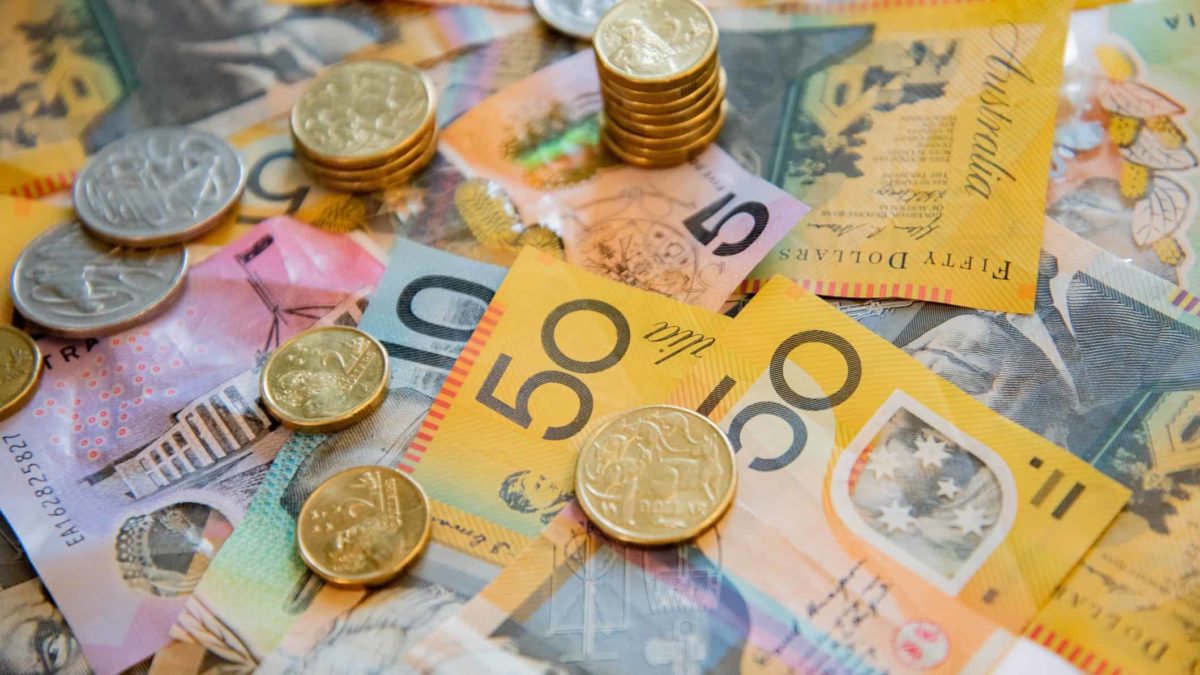Dividend shares are in focus today as volatility continues to roil ASX shares and global markets alike.
At time of writing, the S&P/ASX 200 Index (ASX: XJO) is down 0.6%.
While today's price action is largely due to fears that Russia may send its troops into Ukraine, the past weeks' volatility can largely be blamed on inflation. And central banks.
Not that we're targeting central bankers, mind you.
But as recently as late last year, investors were being told by central banks the world over that any inflation we were seeing was transitory. And that interest rate rises were likely years away, and would be gradual at that.
Now we're hearing a decidedly different story.
In the United States, the US Fed may be looking at 6 or more rate rises this year, with talk of a 0.50% rise as early as next month.
While the Reserve Bank of Australia (RBA) has sounded a more dovish tone, analysts are forecasting that the central banks will also begin ratcheting up the official cash rate this year. Albeit at a slower rate than the Fed.
Sudden reversals usher in mayhem
Addressing the impact of the rapidly changing outlook for interest rates on shares on Live Wire, FNArena's Rudi Filapek-Vandyck said, "Slow, gradual increases and decreases are to everyone's benefit, but when a sudden, sharp reversal occurs, mayhem is but the logical result."
Filapek-Vandyck pointed to 1994 as "the last real inflation scare for US financial markets. Up until this year".
After a sudden shift in US Fed policy at the time, which saw the central bank unexpectedly ramp up interest rates, he said:
The bull market that had been trending higher up until then quickly shifted into a period of high volatility with large draw-downs followed by sharp rallies, after which the same pattern continued, and again. By the end of the calendar year, market indices on balance had hardly moved, but the swings in between had many market observers suffering from whiplash.
With inflation surprising to the upside and central banks tightening more and sooner than markets had forecast, many analysts are downgrading their outlook for 2022.
"Goldman Sachs has now revised its year-end target for the S&P500 to 4,900 from a prior 5100," Filapek-Vandyck said.
"If US inflation continues to surprise to the upside, and the Federal Reserve needs to apply the brakes harder and faster, this will push US indices to much lower levels," he added. "Under such a scenario, Goldman Sachs is projecting 3,900 or, in case of an economic recession, 3,600 for the S&P500."
Down 2.3% yesterday, the S&P 500 is currently at 4,380 points.
ASX dividend shares in focus
"If 2022 follows the same pattern as back in 1994, investors will have to be patient, and endure a number of stomach-turning, volatile trading periods along the way," Filapek-Vandyck said on Live Wire.
So what's an ASX investor to do?
According to Filapek-Vandyck:
The best recipe for markets that refuse to go anywhere remains, of course, dependable and reliable dividend payers that run no risk of having to cut or suspend their pay-outs.
Anno 2022, the risk for major dividend disappointments like we witnessed in 2019 and 2020 seems very low. From the banks, to Telstra Corporation Ltd (ASX: TLS), to most REITs and financials and retailers; most dividends look solid and secure, and the current reporting season is providing more evidence with every result release.
Telstra pays a 2.5% trailing dividend yield, fully franked.
Of the big 4 banks, Australia and New Zealand Banking Group Ltd (ASX: ANZ) and Westpac Banking Corp (ASX: WBC) tie for best dividend payers. Both banks pay a dividend yield of 5.1%, fully franked.








